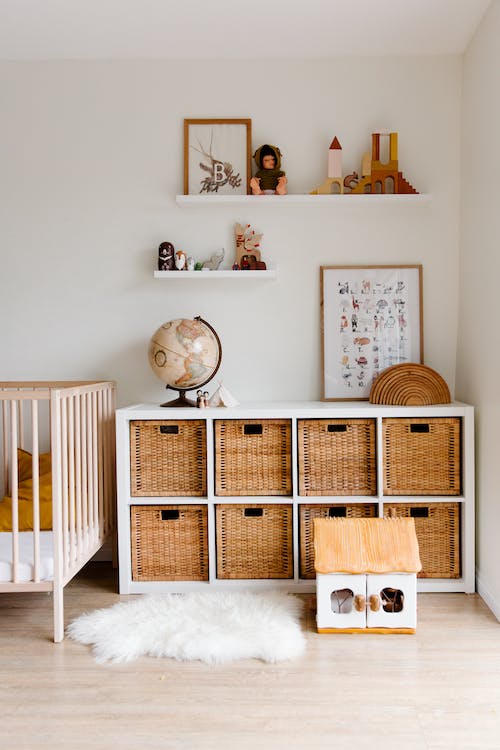If you’re going to be a homeowner, you want to find a house that fits your taste and style. Price will always be the biggest factor since if you can’t afford the home you want, you’ll have to content yourself with getting only what you can afford. However, assuming that you have enough money to choose from between a few different styles, you’ll also want to consider your lifestyle and physical requirements, among other things.
We’ll talk about a few of the more common home styles that you might encounter on the market if you’re going to move or want to buy your first house before too much longer.
The Ranch-Style Home
You can add custom hinges to a door, shutters to the windows, or dozens of other basic or more elaborate home improvements if you want people to notice various details. What you can’t change is a home’s basic layout, which is to say, the ground-up approach that the builder took to make it. The only way to completely remodel a house from the ground up is to knock it down and start from scratch in that same location.
With that in mind, the ranch-style home is one that is always going to be more spread out at ground level because there’s never a second story on it. You can encounter ranch-style homes in many US cities and states because they’re very easy to construct and don’t require a great deal of architectural expertise.
You don’t often find them much larger than 1,500 square feet or so. Some of them might feature 2-3 bedrooms, though you can always use one as an office, computer room, exercise room, etc.
They usually have vinyl siding exterior walls and roofs without very steep peaks. No steep roof is necessary since there’s just one story.
These homes are ideal if you’re an older individual or your mobility isn’t so great, as you can avoid walking up and down any stairs. The only stairs might be down to the basement, though you won’t find those in some regions, particularly the Southwest and Western United States.
Some people feel like ugliness is the one real drawback. Seldom will you have someone look at a ranch-style house and remark on how gorgeous it is.
The Victorian
Architects built Victorian homes during the Victorian era, from about 1837 to 1901. These houses tend to look much grander and more majestic. It’s a distinct, robust architectural style.
Victorian homes usually have multiple stories, either two, three, or sometimes more than that. You can easily find a Victorian that’s 2,500 or 3,000 square feet, if not more.
It can be hard to heat these homes, which is one drawback. The larger the house, the tougher it is to heat, and the draftier the upper floors can be, especially in the winter. You can find these homes mainly along the East Coast and in the Midwest. You’re not going to find many in the Western US or the Southwest.
Many people love the Victorian style because some of them are truly awe-inspiring, especially the larger and more elaborate ones. Architectural flair aside, you can raise a big family in one of these if you can afford the asking price.
The Cape Cod
The Cape Cod is usually a one-story house, though sometimes you can find them in places like upstate New York with a second story added. Architects built many of them back in the 1930s to 1950s when the prevailing style included a single central chimney, a not very steep-pitched gable roof, and hardly any ornamentation.
This style traces its roots back to 17th century New England. They usually have central front doors with multi-paned windows flanking them.
You might find ones with anywhere from 1,000 to 1,500 square feet. Any larger than that, and it probably means an architect retrofitted a second story onto the original home at some point.
Where that happens, taller individuals won’t enjoy living in these homes. That’s because if they go up the stairs to the second floor, they’re likely going to have to duck their heads or crane their necks to the side.
Depending on where in the country you are, you also might encounter the farmhouse, homes with Colonial architecture, Tudor architecture, or Georgian, though you don’t find as many of these last two in the states. You’ll have to think about both what you can afford and what appeals to you practically and aesthetically.

